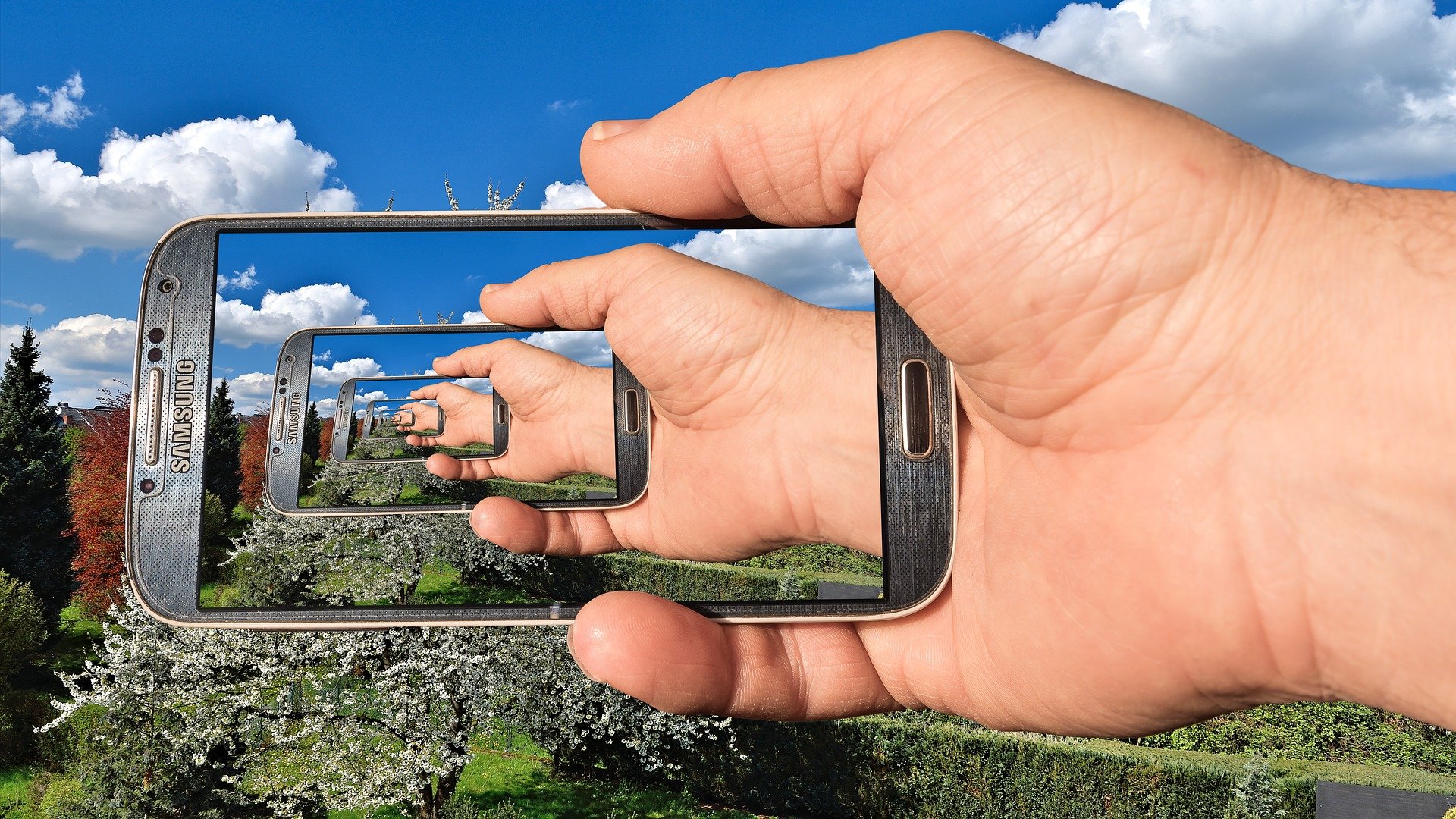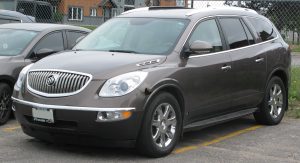Samsung is trying to attack the market that utilizes front and rear, mirrors, side-sensing cameras, and driver monitoring cameras. This would be with specially-designed automotive sensors that use an original technology to adapt to both low and bright lighting situations. Samsung just announced.
Samsung ISOCELL Auto 4AC
The ISOCELL Auto A4C which is a touch smaller than sensors used on smartphones offers a 1,280 x 960 resolution. However, it has a unique “CornerPixel” arrangement. Moreover, within a single-pixel area, it does use both 1 micron and 3-micron photodiodes. In fact, the latter is using to capture images in low-light situations. It, in fact, like Sony’s HDR automotive sensor can capture the video at night while also adapting to fast-changing lighting situations. Such as in tunnels.
“The sensor does offer up to 120dB HDR with minimal motion blue. Two photodiodes are capturing images in what are different exposures simultaneously. It will allow a smoother transition between the dark and bright areas while preserving more details of the road ahead,” according to Samsung. Then, at the same time, it can mitigate flicker issues with LED lights. That would be 90 hertz using in headlights, street lamps, and other sources.
Massive Contract
Supplying “the largest US EV maker,” Samsung is rumored to have won a $436 million dollar contract. Samsung will replace rearview mirrors with camera modules. The rumor is that the automaker is Tesla and the vehicle might be the Cybertruck. It has cameras in the front fenders as opposed to rearview mirrors. In fact, the new sensor launch may be unconnected, and for now, moreover, the cameras still can’t legally replace side mirrors on vehicles in the U.S.
The ISOCELL Auto 4AC has the ability to withstand temperatures that range from -40 to 125 degrees Celcius. This is with other automotive-grade sensors as well. It, in fact, can be adapting to both human (mirrors, backup cameras, etc.) and machine (self-driving) systems. Moreover, the sensor is presently in production so it could, in fact, appear in cars in the near future.




